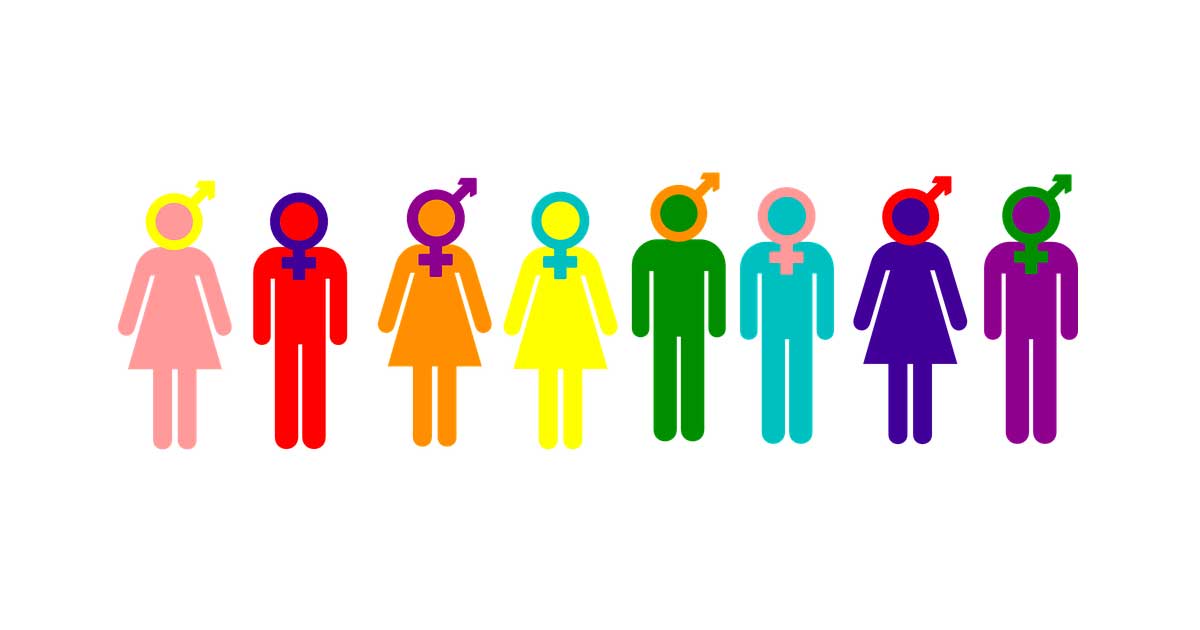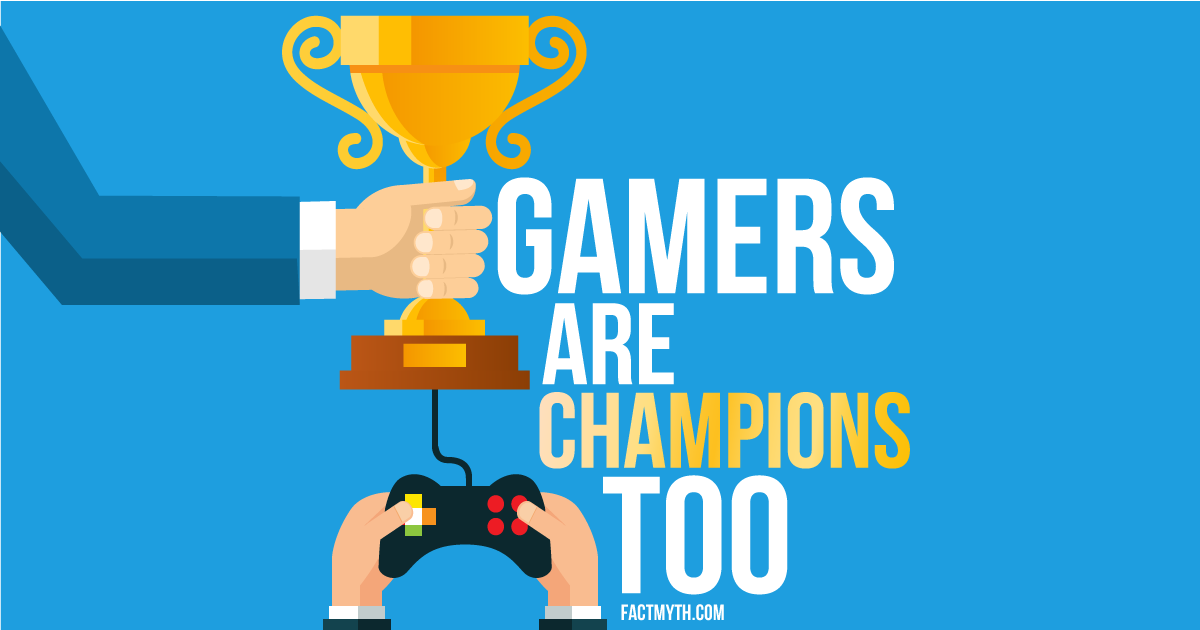Athletes Can Determine their Own Sex in International Sports

The Court of Arbitration for Sport (CAS) ruled that athletes can determine their own sex in international sports like the Olympics.
Sports and recreation is a broad category referring to all athletic activities preformed for any reason.

The Court of Arbitration for Sport (CAS) ruled that athletes can determine their own sex in international sports like the Olympics.

Studies have shown there is no single determinant of sex, gender, or sexuality. In terms of both sex (genetic) and gender (a social construct), a binary distinction of “male or female” fails to describe a wide range of humans in practice. Meanwhile, sexuality (a preference) eludes any simple categorization as well. Simply put, despite some binary aspects (for example a person either has a Y gene or they don’t), Gender, Sex, and Sexuality are all non-binary and each is instead a complex spectrum… and we can prove it with science and logic.

You don’t have to wait to swim after you eat. Swimming after eating doesn’t cause cramps and has minimal to no effect on swimming performance.

Very few can make a living off of blackjack. To win in the long run you must count cards, watch tables, risk big money, and employ questionable betting strategies.

eSports can be considered “real sports” by definition, much in the same way chess or poker can be. There are many parallels between traditional athletic sports and eSports.

Body heat is lost through whatever part of the body is uncovered. We lose about the same amount of heat per square inch of exposed skin anywhere on the body.

The Earth is not flat; the Earth is an oblate spheroid (a bumpy sphere with a fat equator and skinny poles). There are many ways to prove the earth’s geometry.

The term eSports describes competitive video gaming as a sport. eSports typically involve team-based gaming as a spectator sport with ranked matches.

If you build it, you increase the odds of them coming. In other words, if you put thought and energy into a project you increase the likelihood of success.

Competitive sports became popular in the United States from 1850 – 1950 because of lighting technology, mass media, and developing labor and education laws.